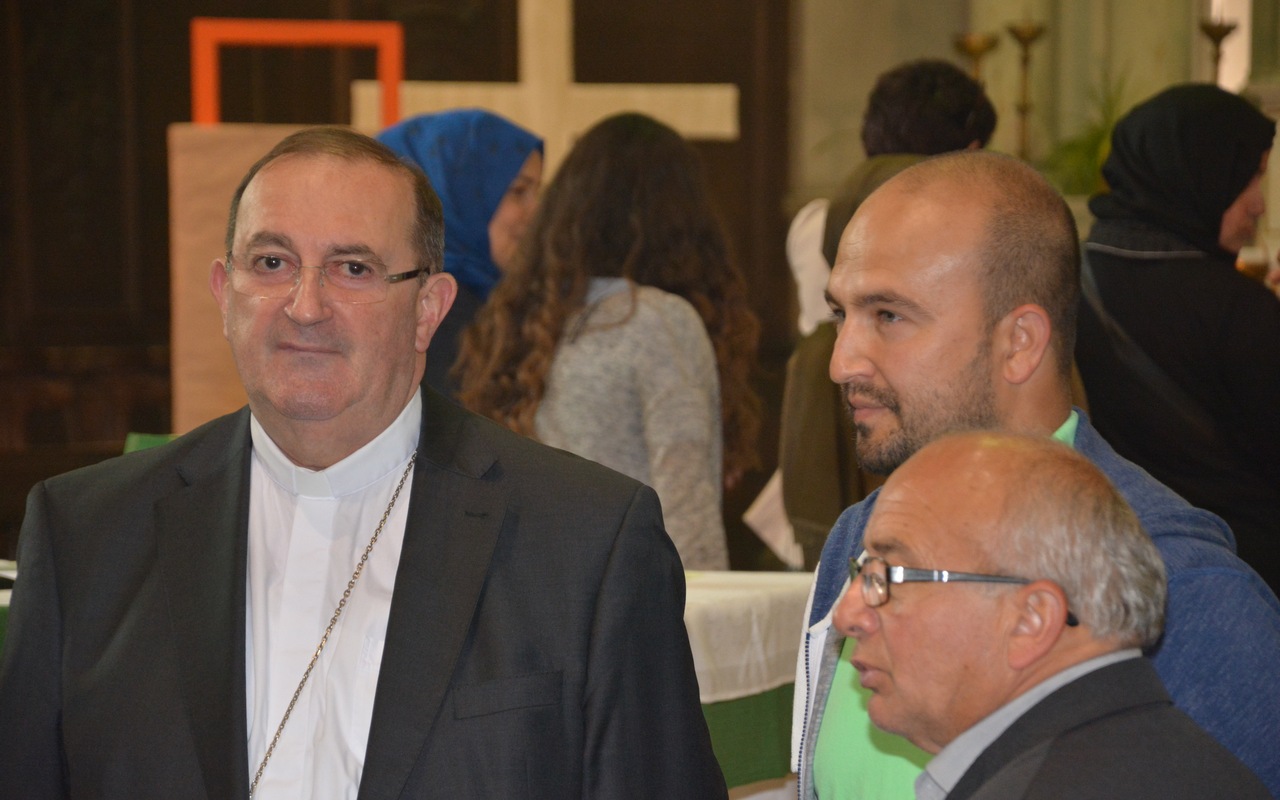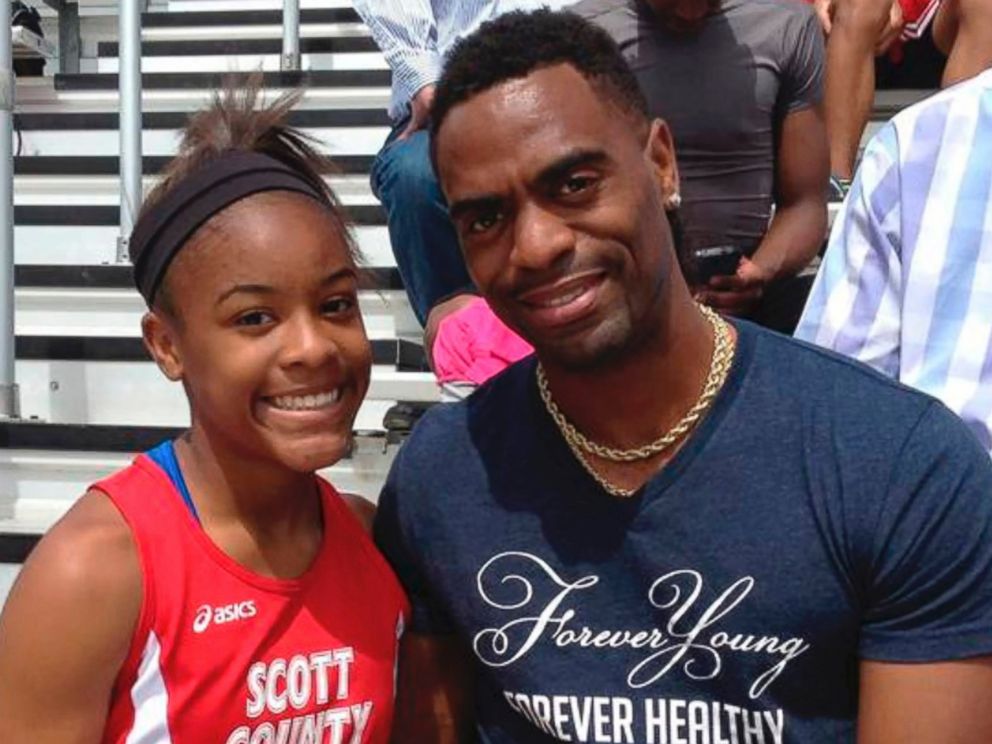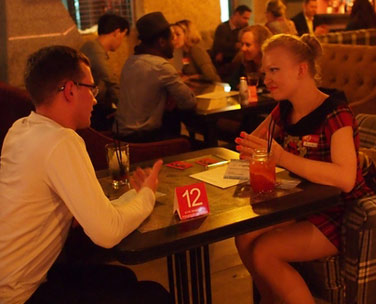
The purpose of this study was to describe the spatial distribution of GSN app-using MSM in a midsize city in the South and identify geographic and demographic factors associated with areas of high numbers of GSN app users.
Fayette County encompasses the city of Lexington, Kentucky, and has a land area of square miles and a population of , people who are predominately white The bisecting routes that offered the best county coverage were selected using Google Maps [ 44 ]. We visited each point twice: While stopped at each point approximately 5 minutes per stop , we logged into a blank profile created for study purposes on each of the 3 GSN apps.
Once we were logged into the profile, the app displayed the number of users within varying distances from the collection point. We recorded the number of users within 1 mile on each app, the time of collection, and the latitude and longitude at that collection point on a paper form and via the Fulcrum data collection app [ 45 ]. All apps used in this study have been self-described as providing a space for gay men to look for dates, friends, fun, relationships, and hookups. Independent variables in the model included block group population density population count per square mile; range 3.
Business zoning, the areas specified for business use by the local government, was included to capture the presence of gathering spaces eg, restaurants, bars, shopping venues, employers. Of the 62 data collection locations, 61 had cell service ie, LTE, 3G, 4G to access apps for data collection.
Hot Hookups and Dates for Men Looking for Men Lexington
The point with no service was excluded from kriging analysis. We conducted spatial analyses using ArcMap version We constructed maps to illustrate differences in the spatial distribution and number of app-using MSM across apps at different time periods. The Fayette County shapefile used in the depictions was procured from the Census Bureau [ 53 ].
We used empirical Bayesian kriging EBK for spatial interpolation as it predicts values for areas where data has not been collected based upon the specific values at each collected observation point and their relative proximity to other points. Past research has employed similar techniques, such as kernel smoothing, and found that kriging offered similar results [ 23 ].
Empirical Bayesian kriging analysis of the estimated spatial distribution of geosocial networking app users by time and app. We next converted the EBK raster grid cell values to points at their centroids so these values could be assigned to the Census block groups; there were from 8 to of these points in each block group, depending on area, with a median of This further enabled estimation of the average number of GSN app users within each Census block group.
Maps displaying temporal weekday day-weekend night differences in the spatial distribution of app users.
- damian taylor gay escort!
- gay boy dick pics!
- gay escort school manga!
- Meet gays in Kentucky.
Our dependent variable was the number of app users for a particular app at a particular time period in each Census block group. Given that we examined 3 different apps, each at 2 different times, with possible duplication of users across apps and times ie, people using more than 1 app at a time and people using the same app at different time windows , we ran 6 independent models.
We used Wilcoxon signed rank sum tests to examine differences in the number of people using the app between the 3 apps and between weekday daytime and weekend nighttime data collection periods for the same app because the outcome variables were paired and nonparametric. Negative binomial regression was used to examine geographic and demographic factors associated with areas with increasing numbers of GSN app-using MSM at the Census block group level. Negative binomial regression was used because the counts were overdispersed and therefore not appropriate for a typical Poisson model.
We also ran the models with the independent variables median age, median income, and population density log-transformed to try to force more linear relationships with the outcome. To test for collinearity, we ran the PROC REG collinearity diagnostic collinoint [ 54 ] to determine how related each variable was to each other in the presence of all other variables. The analysis for collinearity showed that none of the independent variables was collinear and all could be included in the same final model. The number of GSN app users within a 1-mile radius of the data collection points ranged from 0 to 36 during weekday daytime hours and 0 to 39 during weekend nighttime hours.
The median number of estimated GSN app users in each Census block group in Fayette County during weekday daytime and weekend nighttime varied by app Descriptive statistics of estimated average number of geosocial networking app users per Census block group. From weekday daytime to weekend nighttime, the spatial distribution of app-using MSM varied for 2 of the 3 apps. The use of app 1 was concentrated in downtown Lexington ie, the center of the county during weekday daytime and weekend nighttime; however, at weekend nighttime, a second area south of the city emerged as an area of high app usage.
For app 3, use was concentrated in the downtown area both during weekday daytime and weekend nighttime but use was more intensely concentrated in the downtown area at weekend nighttime. Fayette County comprises Census block groups. Based on the dependent variable of estimated number of GSN app users in each Census block group, unadjusted negative binomial regression with each app stratified by time of collection was used to estimate crude risk ratios Table 2. For every persons per square mile increase in population density, the number of GSN app users increased by 1.
For every year increase in median age, the number of GSN app users decreased by 1. Unadjusted analysis of the association between Census block level characteristics and number of geosocial networking app—using men who have sex with men.
Gay Dating in Lexington
The multivariable models are shown in Table 3. Percent white was negatively associated with the number of GSN app users for app 1 during the weekday daytime and app 2 during the weekend nighttime but not for any other time or app. In multivariable models with income, age, and population density log-transformed data not shown in table , the results were similar except that in both of the models for app 2 and app 3, median age became statistically significant and in app 1 day and app 2 night, percent white lost statistical significance.
Multivariable analysis of the association between Census block level characteristics and number of geosocial networking app—using men who have sex with men. This study revealed that the presence of business zoning and population density were positively associated with the number of GSN app-using MSM during both weekday daytime and weekend nighttime for all GSN apps. We also found that median income and percent of the population who were Hispanic were negatively associated with the number of GSN app-using MSM during both weekday daytime and weekend nighttime for all GSN apps, adjusting for other variables in the model.
Increased app use in areas with the presence of business zoning could imply that app users may be using these apps in areas of economic activity eg, bars, restaurants, stores including areas that cater to a predominantly gay clientele. This could highlight an important overlap between virtual and in-person partner-seeking spaces.
By using Wilcoxon signed rank sum tests and comparing choropleth maps of the differences in the spatial density of GSN app-using MSM, we determined that the total number of users between weekday daytime and weekend nighttime was not significantly different but that specific areas within the county could be experiencing changes in the number of partner-seeking MSM between these 2 time periods.
Join a Lexington Gay Date Chat - test.konfer.eu
This could imply either that the same users are migrating to different areas over time, different users at different locations are logging in at different times, or a combination of these. This information could be informative to local health departments because instead of using mobile HIV testing units only during weekend nighttime hours at nightlife venues, these units could also be used at specified hotspots during weekday daytime hours.
These data may also be able to inform more cost-efficient geotargeted and temporally targeted recruitment strategies for research. However, more research is needed to explore attitudes about the presence of HIV outreach activities such as mobile HIV testing units or research recruitment efforts near daytime hotspots such as neighborhoods and places of business. The novel methods of data collection used in this study addressed some of the limitations of past GSN app research. For example, prior research using GSN apps for data collection largely relied on a single app [ 12 , 14 , 23 , 26 , 41 , 42 , 56 ].
Our study used 3 apps, and the variance in spatial distribution of use and number of users across apps highlights the importance of using multiple apps in future research. Previous research has also aggregated geographic data across time points rather than examining daytime and nighttime use separately [ 23 ]. Our study, which examined weekday daytime and weekend nighttime use separately, revealed that spatial patterns of use may vary by time of day. Finally, data on the use of GSN apps is also novel in the context of midsize cities as most studies to date have focused solely on larger cities [ 13 , 15 - 17 , 20 , 22 - 24 , 26 ].
Collecting data on GSN apps for MSM in midsize cities could be of increased importance due to differences in social context [ 29 - 33 , 38 , 39 ] and the way in which users interact with the app in contrast with urban GSN app users [ 37 ]. This is especially important given the disparities in resources for sexual and gender minority people in rural areas compared to large urban centers. Prior research has demonstrated the importance of technology in the lives of rural sexual and gender minority people in combating social isolation and homophobia in public social spaces [ 37 - 41 ].
In general, more research on the role of technology in fostering resilience among MSM in rural areas is needed. However, given the literature linking GSN app use and sexual risk behavior, a closer examination of how these dynamics play out in rural settings is crucial to developing targeted HIV prevention efforts for rural MSM.
Although the maps demonstrated substantial differences in estimated GSN app usage throughout the study area, more data collection points could have improved the accuracy of the EBK estimation. Also, our study compared differences between weekday daytime and weekend nighttime but did not include weekday nighttime hours as a sampling window.
The sampling time window was large, more so for weekday daytime hours 6-hour window than weekend nighttime hours 4-hour window ; future studies may benefit from narrowing the time window of data collection; although this may require data collection occurring over more calendar time depending on personnel.
The gay singles online dating site for Lexington men
Additionally, this study used a multiapp approach for data collection, but there were other GSN apps that were not used for this study. At the outset of the study, we contacted 6 app companies to notify them of our intent to do the study and dropped 3 apps due to the fact that it violated their user agreements.
This also prevented us from determining the extent to which GSN app-using MSM were using more than 1 app and whether the differences in spatial distribution were due to the temporal migration of the same users to different locations or if other app users in different locations were logging on at different times.
Although the choice not to collect identifying data resulted in analytic limitations, we believe that this was an important tradeoff to make in respect of user privacy and app company policies. Ethical issues surrounding the collection and use of GSN profile data for research are complex, rapidly evolving, and warrant increased attention.
In the interim, we believe it is important for researchers to communicate with GSN app companies and take steps to prevent violation of user privacy. The number of GSN app users within a 1-mile radius of the data collection points ranged from 0 to 36 during weekday daytime hours to 0 to 39 during weekend nighttime hours.
In the multivariate analysis, the number of GSN app-using MSM was positively associated with business zoning and population density and negatively associated with median income and percent Hispanic residents. Methodology using geospatial data and area demographic data can lead to insights for tailored and targeted interventions to support better health outcomes in underserved populations.
The content is solely the responsibility of the authors and does not necessarily represent the official views of the National Institutes of Health. We would like to thank Angela Dao who assisted in the data collection process. Conflicts of Interest: None declared. National Center for Biotechnology Information , U. J Med Internet Res. Published online May Reviewed by Kevin Delaney, H.
Jonathon Rendina, and Kiffer Card. Author information Article notes Copyright and License information Disclaimer. Corresponding author.

Corresponding Author: April M Young ude. Originally published in the Journal of Medical Internet Research http: This is an open-access article distributed under the terms of the Creative Commons Attribution License https: The complete bibliographic information, a link to the original publication on http: Abstract Background Geosocial networking apps have made sexual partner-seeking easier for men who have sex with men, raising both challenges and opportunities for human immunodeficiency virus and sexually transmitted infection prevention and research.
Objective The goal of our research was to examine the spatial distribution of geosocial networking app usage and characterize areas with increasing numbers of partner-seeking men who have sex with men in a midsize city in the South. Results The number of geosocial networking app users within a 1-mile radius of the data collection points ranged from 0 to 36 during weekday daytime hours and 0 to 39 during weekend nighttime hours.
Conclusions In this midsize city, geosocial networking app usage was highest in areas that were more population-dense, were lower income, and had more businesses.
Gay singles in Lexington, KY join our dating site in searches of love
Introduction HIV in the United States continues to disproportionately affect men who have sex with men MSM despite ongoing prevention measures taken by public health officials [ 1 ]. Open in a separate window. Figure 1. Data collection points with 1-mile coverage buffers.
 Gay dating lexington ky
Gay dating lexington ky
 Gay dating lexington ky
Gay dating lexington ky
 Gay dating lexington ky
Gay dating lexington ky
 Gay dating lexington ky
Gay dating lexington ky
 Gay dating lexington ky
Gay dating lexington ky
Related gay dating lexington ky
Copyright 2020 - All Right Reserved